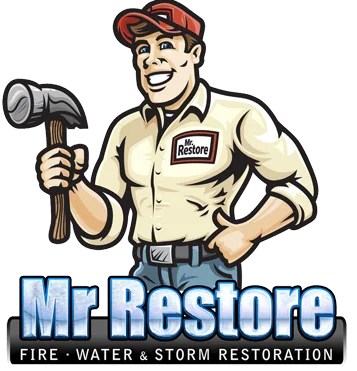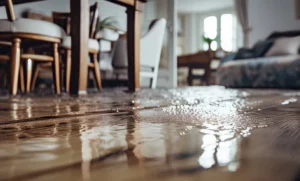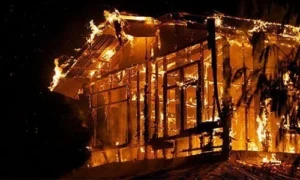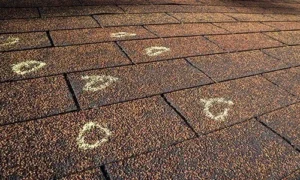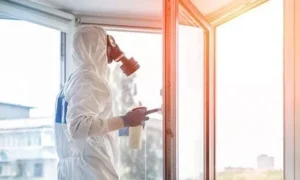Now is a great time to be preparing your fireplace to be used during the colder months. Fireplaces are the perfect way to cozy up and stay warm. However, chimneys pose as a serious fall fire safety threat that could potentially lead to costly damages. In fact, according to the National Fire Protection Association, chimney fires account for over 30% of all home-heating fires in the United States. These can lead to catastrophic fires in your home and potentially harm your loved ones. In order to keep your family and home safe this season, it is important to know how chimney fires can be prevented. Chimney fires can be quickly and easily identified by loud cracking and popping noises, a lot of dense smoke, and an intense, hot smell. There are a few things you can do to ensure you can enjoy the beauty and warmth of your fireplace without potentially risking a house fire.
How do Chimney Fires Occur?
Most chimneys have liners or structural problems that lead to very high temperatures. Hot embers and sparks from the fireplace can escape the chimney or fireplace and cause materials inside or outside the home to catch on fire. If the embers escape the chimney outside of the home, they can cause leaves, dirt, and branches to combust. If blankets, stockings, carpet, or clothing are near the fireplace, sparks or embers can cause these times to combust inside the home. Another reason chimney and fireplace fires occur is creosote catching fire inside the chimney. Creosote is a gummy, unpleasant-smelling substance that forms a layer around your fireplace due to the burning process inside a chimney. If precautions are not taken, creosote can be extremely combustible and cause serious fire damage. It is vital that you have your fireplace and chimney cleaned regularly to prevent dangerous fires in your home
How Can I Prevent Chimney Fires?
There are a variety of things that you can routinely do to ensure that your chimney and fireplace are not at risk of causing fires. Check out some tips to prevent chimney fires:
- Have your chimney cleaned and inspected annually – We recommend hiring a certified chimney sweep each year before you begin using your fireplace. This will ensure that all flammable materials are properly cleaned before use. A certified chimney sweep will also check that everything is operating properly.
- Build small fires – Smaller fires are safer and easier to control. Small, well-built fires reduce the amount of creosote that is created while burning.
- Use dry, seasoned wood – Wet, unseasoned wood burns slowly and creates more smoke, which also increases the amount of creosote produced. Dry, seasoned wood is much safer to use.
- Do not burn any items other than wood – It is critical that you do not burn any liquids or products in your fireplace. Paper, garbage, or any other materials can float into the air and catch creosote in the chimney on fire. Do not use any liquid accelerants in the fireplace because the fire can easily and quickly get out of hand.
- Use a chimney liner and chimney cap – Chimney liners help protect your chimney from excess heating and help provide better airflow. Because a chimney liner allows better airflow, it prevents creosote from easily building up and helps keep it clean. A chimney cap keeps flammable materials, such as leaves and animals, out of your chimney. Both a chimney cap and liner are essential for preventing home fires.
Sometimes even the most prepared homes and fireplaces suffer from catastrophic fires. If you find yourself dealing with damage after a house fire, immediately contact Mr. Restore . Our experience and trained technicians will walk you through the entire restoration process, from helping you with the claims process to restoring and renovating your home.
